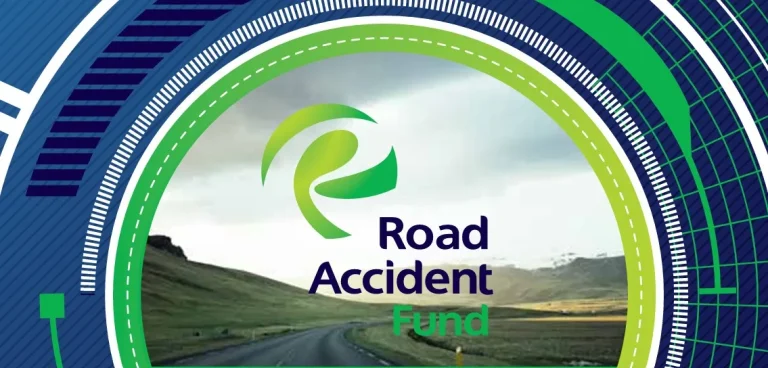South Africa’s Road Accident Fund (RAF) is under intense parliamentary scrutiny following shocking revelations about extravagant and poorly justified marketing expenses, totalling close to R1 billion, while hundreds of thousands of victim claims remain unresolved.
According to Business Day, documents presented before the Standing Committee on Public Accounts (Scopa) revealed that the RAF spent vast sums on luxury-branded merchandise and overpriced marketing campaigns, raising suspicions of over-invoicing and possible kickbacks. Invoices showed extraordinary prices: R11,500 for golf bucket hats, R37,900 for sports bags, and R8,180 for golf shirts. Even branded water bottles cost R85 each, while the production of podcast episodes reportedly ran to R110,000 apiece.
The scale of this expenditure, committee members noted, contrasts starkly with the RAF’s growing financial crisis and its mounting backlog of over 430,000 unsettled claims. As reported by Mail & Guardian, the RAF justified the spending on the grounds of fulfilling its “critical public mandate” to communicate safety information nationwide through all media platforms and in every official language. However, lawmakers now argue that this rationale has collapsed under the weight of extravagant invoices and negligible outcomes.
The parliamentary hearings last week heard testimony from RAF communications head McIntosh Polela and suspended marketing manager Hlami Mathye. Both confirmed that two major contracts—worth R500 million each—had been awarded to the media buying firm MediaMix360 and creative agency Dzinge Productions, running until 2027 and 2028 respectively. Yet, according to TimesLIVE, a combined R650 million has already been spent, leaving less than half the budget for the remaining contract period.
Polela attributed the overspending to “unbudgeted campaigns” introduced midway through the contract, but MPs questioned the lack of internal oversight that allowed the funds to be depleted so quickly. By the end of March 2025, MediaMix360’s R500 million contract reportedly had just R11 million left, while Dzinge Productions had used nearly R245 million of its allocation.
Further testimony from Mathye revealed a controversial procurement decision in 2020 that removed the Government Communication and Information System (GCIS) from the RAF’s media buying process. The shift followed a decision by then-CEO Collins Letsoalo—now suspended—who argued that GCIS was “not cost effective.” Mathye, however, told the committee that a cost-benefit analysis had proven GCIS to be the cheaper and more transparent option, but her findings were dismissed.
Following her objections, Mathye was later suspended over a disputed R26 million television advertisement that allegedly failed to include the correct corporate slogan. Insiders told News24 that her suspension raised questions about retaliation and internal whistleblowing suppression.
Committee chairperson Songezo Zibi expressed deep concern that the RAF had effectively “outsourced R1 billion in public funds with no proper oversight.” The absence of checks and balances, he added, meant the agency’s management had effectively granted its suppliers a blank cheque.
Civil society groups and financial watchdogs have also weighed in, warning that the scandal highlights systemic failures in public procurement and accountability. GroundUp reported that anti-corruption organisations are calling for an independent forensic audit into both MediaMix360 and Dzinge Productions, as well as a review of RAF’s internal governance systems.
The RAF, which was established to compensate victims of road accidents, has faced persistent criticism over mismanagement, inefficiency, and ballooning liabilities now exceeding R400 billion. The latest revelations, analysts say, may further erode public trust in one of South Africa’s most financially distressed state entities.
As the parliamentary hearings continue, MPs are demanding full disclosure of all contracts, beneficiaries, and financial reports linked to the RAF’s marketing spend. The findings are expected to shape far-reaching recommendations on public sector advertising oversight and procurement reform in the months ahead.


